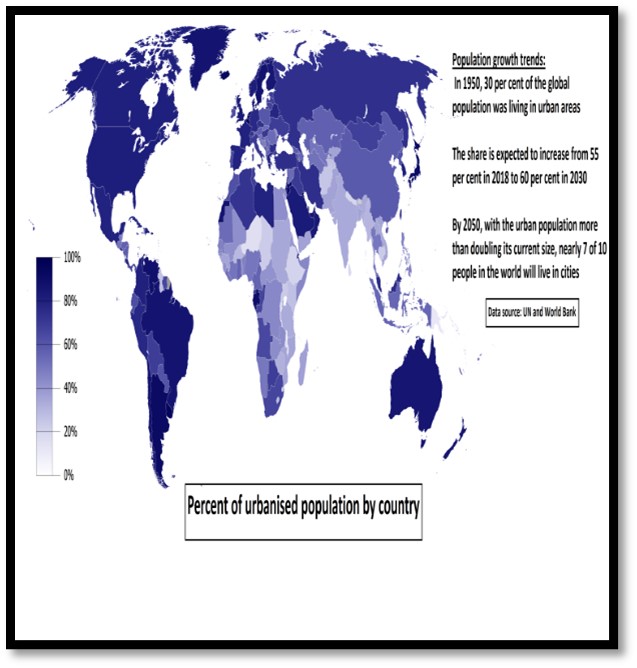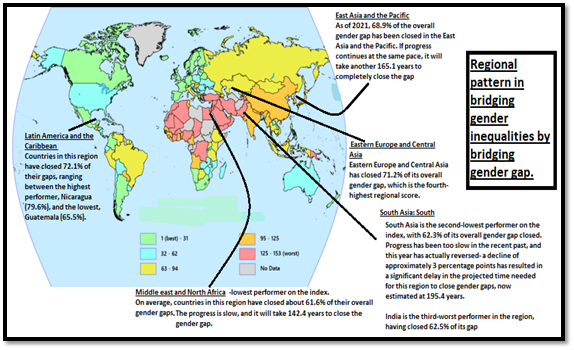11 Sep
Restoring the Environment- Promoting Circular Economy for Solid Waste Management
- In news: Recently, the Environment Ministry notified the Plastic Waste Management Amendment Rules, 2021, which prohibits specific single-use plastic items which have “low utility and high littering potential” by 2022.
- Background:
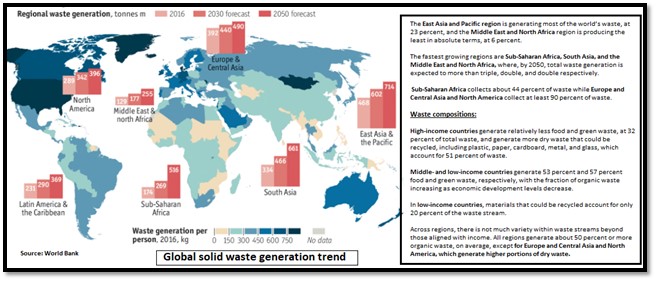
-
- Solid-waste management is the collecting, treating, and disposing of solid material that is discarded because it has served its purpose or is no longer useful.
- The world generates around 3 billion tons of solid waste every year, with industrial waste being the largest contributor, especially from China, EU and USA. There has been a steady increase in the quantity of e-wastesand hazardous waste materials. However, less than 20 percent of waste is recycled each year, with huge quantities still sent to landfill sites.
- Improper disposal can create unsanitary conditions, which in turn can lead to pollution of the environment and to outbreaks of vector-borne disease caused by parasites, viruses and bacteria.
- For a long time, our economies have been ‘linear’— raw materials are used to make a product and the product is discarded after it has been used. The greenhouse gas emissions causing climate change are also a product of our ‘take-make-waste’ economy.
- According to the Circularity Gap Report 2020, the global economy is only 8.6% circular. This means that over 90% of the resources that enter the economy are wasted.
- Thus, 'circular economy' model, is the need of the hour, not only for economic profit but also for ecosystem restoration, as it employs not only waste management, reuse, recycling and responsible manufacture that support the development of new industries and jobs but also reduce emissions and increase efficient use of natural resources.
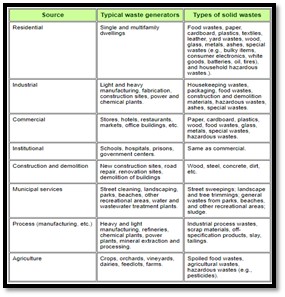
- Need for ecosystem restoration- challenges due to unsustainable solid waste management: Waste, when not disposed off properly, harms people, environment and climate. This negatively impacts biodiversity and threatens sustainable development worldwide.
- Impact on terrestrial ecosystem: Pollution by solid waste like plastic, e-waste etc can damage and contaminate the terrestrial environment. Dumping of these wastes on land or landfills leads to abiotic and biotic degradation, where plastic additives (g. stabilizers, harmful colorant moieties, plasticizers and heavy metals), heavy metals and flame retardants can seep directly (leachate) from the e-waste into the soil, causing contamination of underlying groundwater or contamination of crops that may be planted nearby or in the area in the future. Example: Asia’s largest dumping ground – the Deonar landfill, Mumbai- every day 9,000 metric tonnes of waste is dumped- these remnants are highly toxic and can contaminate the land and water resources of the region.
- Impact on marine ecosystem: Marine litter or debris is any persistent, manufactured or processed solid material discarded, disposed of or abandoned in the marine and coastal environment. Marine litter can cause habitat destruction including smothering of the seabed, entangled litter on coral reefs and deposition on sea-grass beds etc. For example: Marine wildlife biodiversity such as seabirds, whales, fishes and turtles, mistake plastic waste for prey, and most die of starvation as their stomachs are filled with plastic debris.


- Promoting circular economy for ecosystem restoration from the damage caused by unsustainable solid waste management:
- Ecosystem restoration is defined as “a process of reversing the degradation of ecosystems to regain their ecological functionality and to improve the productivity and capacity of ecosystems to meet the needs of society. The objective of ecosystem restoration is to contribute to the conservation and sustainable use of biodiversity as well as create social, economic and environmental benefits, whereby healthy and connected ecosystems should contribute to improve food and water security, peoples’ livelihoods and to mitigate and adapt to climate change.
- Circular economy offers great opportunity for such restoration through sustainable waste management: It is restorative or regenerative by intention and design. It replaces the end-of-life concept with restoration, shifts towards the use of renewable energy, eliminates the use of toxic chemicals, which impair reuse and return to the biosphere, and aims for the elimination of waste through the superior design of materials, products, systems, and business models.

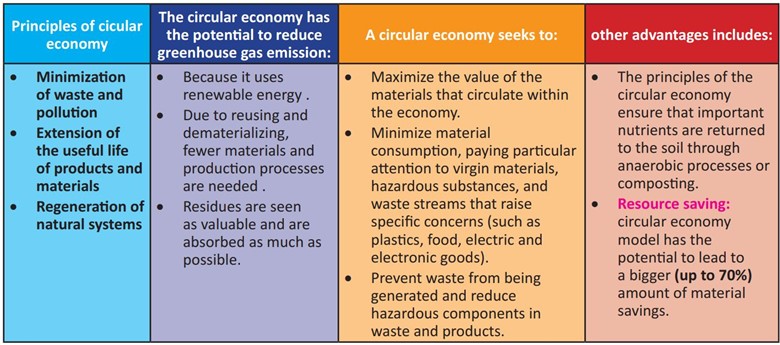
Thus a circular economy provides a systemic approach to economic development designed to benefit businesses, society, and the environment. The principles of the circular economy provide a tangible outcome-driven approach to restoring balance in our environment. The economic benefits flowing from it make it a compelling and sustainable solution to our environmental challenges. The goals we hope to achieve during the UN Decade on Ecosystem Restoration (The theme for World Environment Day 2021 is “Ecosystem Restoration” and declared 2021-2030 as decade on ecosystem restoration) will be far closer to our grasp if we can quickly scale up the global circular economy.
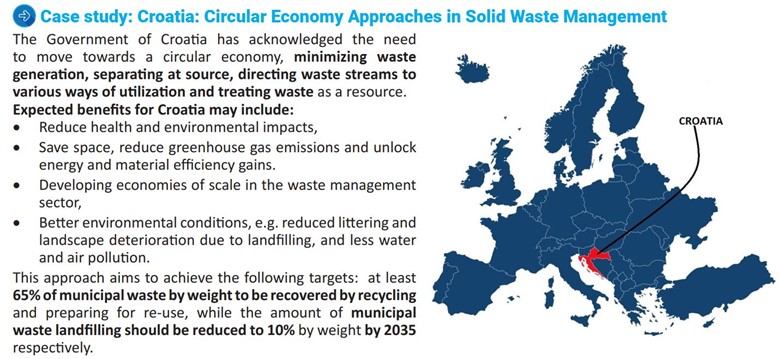
- Way forward:
- The limits to growth, refers to the limits of the ecosystem to absorb wastes and replenish raw materials in order to sustain the economy.
- Sustainable development that meets the needs of the present without compromising the ability of future generations to meet their own needs.
- Environmentalism approach to balance relations between humans and the various natural systems on which they depend in such a way that all the components are accorded a proper degree of sustainability.
Where it can be used?
Paper1: Oceanography (Marine resources, marine pollution), Environmental geo (influence of man on ecology and environment, ecosystem degradation, sustainable development), Economic geo (world resources, LTG).
Paper2: Resources, contemporary issues (issues related to pollution).
GS: P3 (conservation, environmental pollution and degradation)
Pulse Crisis in India
In news: The India Pulses and Grains Association (IPGA) has predicted a strong possibility of shortage in pulses production, especially due to uncertainty over sowing this crop year due to the pandemic.
- Despite of being a global leader in terms of production and consumer of pulses, India is a leading importer of pulses as the production from area under pulses is not sufficient to meet the national demand and supply gap. About 14% of the total pulses demands are met by imports only.
- According to Indian Institute for Pulse Research, by 2030 and 2050 demand for pulses would be around 32 MT and 50 MT to meet the country’s rising population, urbanization and income of middle class. To meet this demand not only an additional 3.0 to.5.0 mha area would need to be brought under pulses cultivation but also productivity per hectare will have to rise to 1361 kg and 1500 kg respectively.
Factors contributing to Pulse crisis in India:
- Agronomic limitations: Improper sowing time, low seed rate, defective sowing method, insufficient irrigation.
- Large scale monoculture and non-inclusion of pulses in cropping systems.
- Climate variability and associated issues across the countries shown in the map.
- Poor management for secondary and micronutrient, mainly 5, Zn, Mn, Fe and B.
- Inadequate Warehousing Facilities& Collateral Finance.
- Acute abiotic stress; mid& late season drought or popularly called as terminal drought.
- low marketable surplus
- Uncontrolled Incidence of biotic stresses (pests & diseases) and lack awareness towards diagnosis and control.
- Pulses are still cultivated on the marginal and sub marginal land, predominantly under un-irrigated conditions, thus low productivity rate.
- Recent Supply side crises:
- Recently Government of India has formally initiated giving free 1kg pulses to 20 crore people under PM Garib Kalyan Yojana- this has led to supply side crises.
- There has been a hoarding of these essential supplies. Like for example: Government has had to release 8 months of PDS supplies for advance due to Corona pandemic.
- Organizations like NGOs have also hoarded for emergency supply.
- International supply crunches and raised nutritional demand due to pandemic have also contributed to recent pulse crises.
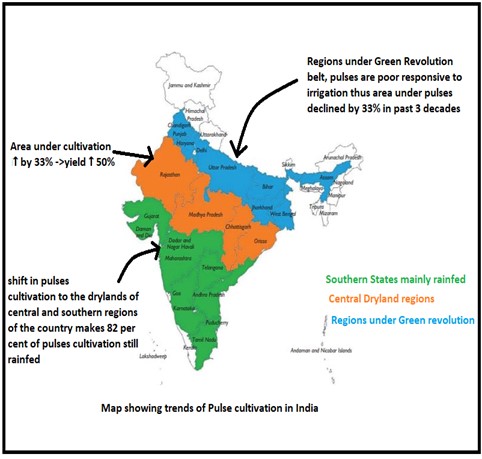
Suggestions for Sustainable and Self Sufficient Production of pulses in future:
- To work for development of shorter duration, widely adaptable and biotic and abiotic stress resistant varieties to boost the production of pulses.
- Modernization of pulse breeding programme, supporting genetic gains through transgenic technology, enhancing biological nitrogen fixation through development of super modulating plant types for achieving self-sufficiency in pulses.

- Better enforcement of regulated markets, strengthening the appropriate market institutions, introduction of forward marketing, contract farming and promotion of market forward and backward market integration.
- Government has started National Food Security Mission (NFSM) for food and nutritional security and for promotion of cultivation of pulses.
Case study - India - Andhra Pradesh and Karnataka States- potential areas for pulse production
The Natural Resources Institute (the United Kingdom), the Deccan Development Society and the BAIF Institute for Rural Development (India) have studied soil fertility management in Medak District in Andhra Pradesh and in Tumkur District in Karnataka. These areas have great potential for dry land crops like pulse production and there is an increasing awareness about technologies for same by maintaining and improving soil fertility, identifying at least 14 different practices from legume cultivation to vermicomposting production. Most involve maintaining and increasing the organic matter content of the soil leading to good yields of pulses.
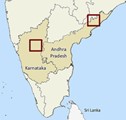
- Due to soil rejuvenation qualities such as release of soil-bound phosphorous, build up soil fertility through atmospheric nitrogen fixation, recycling of soil nutrients and addition of organic matter and other nutrients make pulses an ideal crops of sustainable agriculture.
- Agro-climatic planning: Pulses offer scope for diversification of cereals based systems in arid and semi-arid regions of India as they need less moisture and survive even in dry conditions.
- Where it can be used?
- Geography:
P1- Economic geo (world agri), regional planning and development.
P2- Agriculture (factors, agro climatology, dry farming etc)
GS- P3 ( major crops and cropping patterns)
Light Pollution: A Menace for Environment
Why in news: According to UNEP, with artificial light increasing by around 2% per year globally, light pollution has become a pertinent issue.
What is Light Pollution? What are its sources?
- It is the alteration of night natural lighting level caused by unwanted, inappropriate or excessive anthropogenic artificial sources of light. It’s a side effect of industrial civilization and urbanization.
- According to the World Atlas on Night Sky Brightness, 83% of the world’s population lives under night-polluted skies.
- Its sources include building exterior and interior lighting, advertising, outdoor area lighting (such as car parks), offices, factories, street lights and illuminated sporting venues.
- Integration of world economy, globalization, 24×7 supply chains and offices working at nights are also contributing to light pollution.
Types of Light Pollution:

Light Pollution around the World:
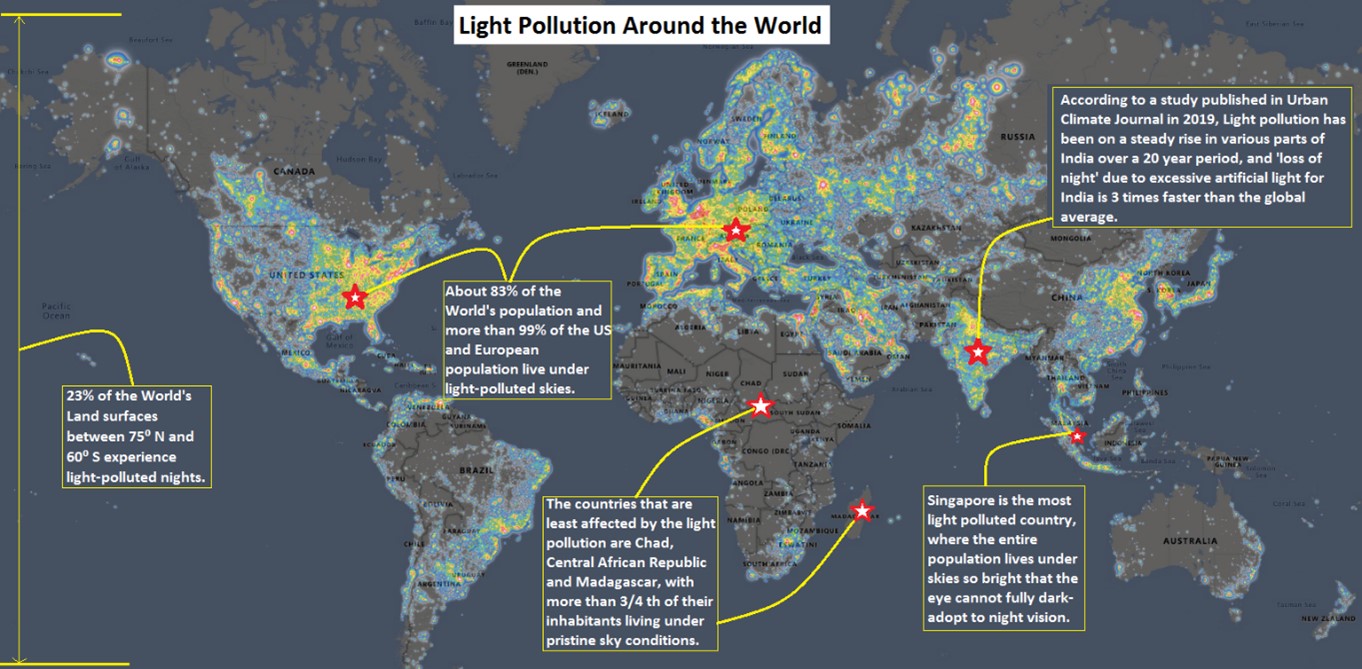
Environmental threats posed by light pollution:
- Impact on nocturnal wildlife: Light pollution radically alters the night time environment by turning night into day, which will have negative impact on physiology, breeding patterns and mating behaviors of nocturnal animals.
- Impact on Sea turtles:
- Sea turtles live in the ocean but hatch at night on the beach. Hatchlings find the sea by detecting the bright horizon over the ocean. Artificial light draw them away from the ocean. g. in Florida, millions of hatchlings die this way every year.
- Also, light pollution causes disorientation of arribada (mass nesting phenomenon of Olive Ridley turtles). Disoriented turtles often die of dehydration or are preyed upon by dogs and jackals. g. Hundreds of disoriented Olive Ridley sea turtles have laid eggs in seaside villages near Odisha’s Gahirmatha Marine Sanctuary.
- Impact on migratory birds: Birds that migrate or hunt at night navigate using moon light or star light. Artificial light can cause them to wander off course, resulting in higher bird mortalities due to collision with city buildings & also cause them to migrate too early or too late and miss ideal climate conditions for nesting, foraging and other behaviors.
- Impact on coral reefs: According to a study published in the Current Biology, corals exposed to artificial lighting experienced a delay in production of eggs and sperm in comparison to the corals left under natural light alone, leading to disruptions in the reproductive cycles of corals. E.g. this has been observed in the Gulf of Aqaba which is almost 47 per cent brighter at night than it would be naturally.
- Insect biodiversity loss: Artificial light alters the patterns of insect movement, foraging, reproduction and predation of insects resulting in the decline of insect population.
- Carbon footprint of light pollution: In the U.S. alone, about 15 million tons of CO2 are emitted each year to power residential outdoor lighting that equals the emissions of about 3 million passenger cars and adds up to 40,000 tons per day.
Other impacts of light pollution include: adverse health effects due to alteration of our body’s circadian rhythm, sleep disorders and energy wastage due to improper shielding and aiming of outdoor lights.
Global initiatives to curb the menace of light pollution:
- US based international Dark Association (IDA), was formed in 1988 to preserve the natural night sky. IDA educates the public and certifies parks and other places around the world that have worked to reduce their light emissions. As of December 2018, IDA approved 13 dark sky reserves all over the world.
- Draft resolutions on light pollution have been submitted by European Union and Australia at the COP13 of Convention on Migratory Species (which took place in Gandhinagar in 2020). It provided a framework for assessing and managing the impact of artificial light on susceptible wildlife, including migratory species.

Way Forward:
- Fully shielding of all outdoor lighting- light should go down on the ground where it is needed, not up into the sky.
- Use of wildlife friendly lighting design and the management of light sources near protected wildlife.
- IDA recommended that only warm light sources be used for outdoor lighting which can help reduce energy usage and protect the environment. These includes low-pressure sodium (LPS), high pressure sodium (HPS) and low-colour temperature LEDs.
- Implementing the practice of Daylight Saving Time and increasing the number of time zones.
Where it can be used?
This can be used in topics related to Paper 1(Environmental degradation, Biodiversity loss, Problems of urbanization), Paper 2 (Problems of urbanization, Sustainable development) and GS 3 (Environmental Pollution and Degradation).
Erosion surfaces
Erosion surfaces are plain topographic surfaces having undulating ground surfaces and remnant low reliefs caused by dynamic wheels of denudational processes.
- They are formed due to erosion of different rock types (soft and hard) and different geological structures (folded, faulted, uniclinal), cutting across geological formations.
- Also known as planation surface, is the end-product of a long period of erosion and are generally formed during last stage of erosional cycle.
- Among the more important are the peneplain (humid temperate), etchplain (humid tropical) and pediplain (semi-arid). Marine processes may also cut a marine erosion surface.
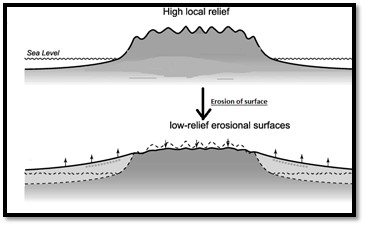
- Identification and recognition of erosion surface is a difficult and tedious task because of their modifications, which largely affected by erosional - depositional processes, tectonic movements (upliftment, subsidence, upwarping), sea level changes causing transgressional and regressional changes, and to some extent by anthropogenic factors in localized areas.
- However, the identification and determination of erosion surface are accomplished on the basis of certain morphometric techniques like altimetric frequency histograms and curves, superimposed profiles and field checks.
- Also post quaternary true erosion surfaces are difficult to be found because these could not be formed due to lack of sufficient time required for their formation and no therefore no post- tertiary erosion surfaces are possible.
Source: Geomorphology Savinder Singh
GPlate technology
Why in news:
Use of artificial intelligence to discover copper deposits formed along the ancient mountain ranges over the past 80 million years where researchers haveconsidered GPlates which can model Earth in four dimensions to discover these ancient copper deposits.
- GPlates is a desktop software that primarily works to understand where copper deposits have formed along the mountain belts.
- It uses machine learning to understand the link between copper deposits and the evolution of the subduction zone.
- It is a combination of interactive plate tectonic reconstructions, geographic information system (GIS) functionality and raster data visualisation.
- It enables both the visualisation and the manipulation of plate tectonic reconstructions and associated data through geological time.

Proficiency:
- Handling and visualising data in a variety of geometries and formats, including raster data.
- Raster dataor “gridded” data are stored as a grid of values which plotted on map as pixels. Linking plate kinematics to geodynamic models
- Serving as an interactive client in a grid-computing network
- Facilitating the production of high-quality paleo-geographic maps
Tropical Forest Vulnerability Index (TFVI)
Why in news: The cycling capacity of the carbon and water of rainforests are decreasing with the increase in climate change due to which scientist have devised this index.
About: TFVI provides spatial information with monthly updates for identifying and monitoring areas with increasing vulnerability or climate potential. It acts as the baseline for the rainforest study.
Components: Forest cover, carbon and water fluxes.
Uses:
- Deeper analysis of natural ecosystem processes within rainforests, including carbon storage and productivity, energy, water exchanges and biodiversity.
- Providing early signals for regions witnessing critical transitions due to multiple stressors in the tropical forest.


Ecological Restoration: Sundarbans
Background: Sundarbans is a protected wetland under the Ramsar Convention and is also a UNESCO World Heritage site. Despite being a protected area, this region is facing several challenges due to natural and man-made causes such as:
- Climate Change: Sea level rise and altered rainfall have led to degradation of mangroves in the region.
- Pollution: While the oil spills smother with the mangrove roots, fertilizers and other toxic materials carried by rivers damage both flora and fauna.
- Deforestation: Urban Expansion, Shrimp Aquaculture, Agricultural Expansion etc. have all led to deforestation of mangroves and fragmentation of ecosystem in this region.
And also, land use changes and ecosystem fragmentation is creating a barrier to wildlife movement in the Sundarbans.
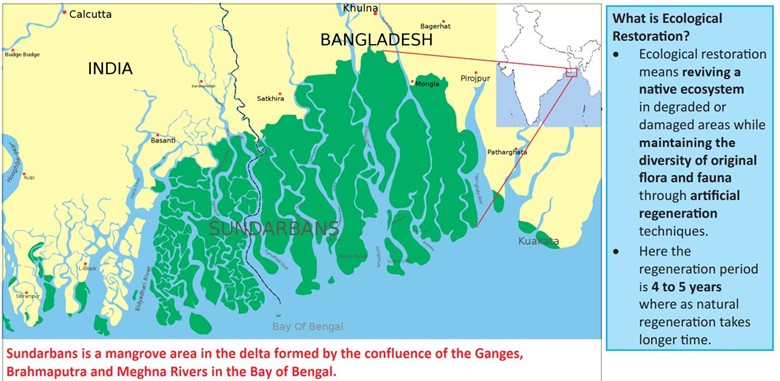
How ecological restoration has helped in reviving the degraded mangroves in the Sundarbans?
- The project was initiated by the Department of Biotechnology in 2013. The following restoration techniques have been used in reviving the degraded mangroves in the Sundarbans, West Bengal:
- Plantation of native salt-tolerant grasses.
- Plantation of diverse set of carefully identified mangrove species in different zones of degraded mangrove patches.
- Use of growth-promoting bacteria for faster plant growth.

This can be replicated in other mangrove regions of India such as Bhitarkanika mangroves, Coringa mangroves and mangroves at Andaman and Nicobar Islands which are facing a severe threat from climate change and human intrusion.
Where it can be used
This case study can be used in topics related to Paper 1 (Climate Change, Environmental degradation), Paper 2 (Deforestation, Tropical cyclones, Aquaculture, Flood management) and GS 3 (Environmental Degradation).
Sultanpur National Park
|
Sultanpur National Park
|
|
West Kameng
|
|
Dakshin Kannada
|
|
Sambhar Lake
|
|
Sardar Sarovar Dam
|
|
Cattle Island
|
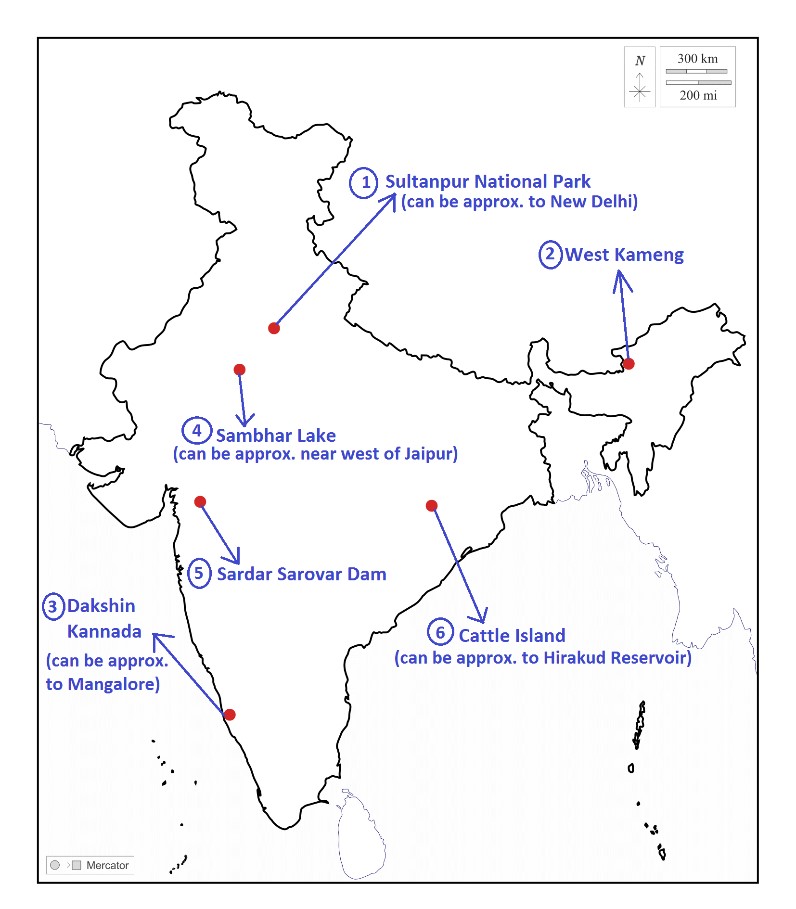
Share the article
Get Latest Updates on Offers, Event dates, and free Mentorship sessions.

Get in touch with our Expert Academic Counsellors 👋
FAQs
Geography Current Affairs focuses on the contemporary issues, events, and developments in the field of geography. It covers recent geographical phenomena, environmental changes, geopolitical shifts, and related news. This differs from regular geography studies which may focus more on foundational concepts, historical contexts, and theoretical frameworks.
Updates are provided regularly to ensure that subscribers stay informed about the latest developments in geography. Typically, updates are provided on a fortnightly basis, depending on the frequency of significant events and changes in the field.
Absolutely. Geography Current Affairs serves as a valuable resource not only for Geography optional but also for GS papers, especially GS Paper 1 (covering Indian Heritage and Culture, History, and Geography of the World and Society) and GS Paper 3 (covering Technology, Economic Development, Biodiversity, Environment, Security, and Disaster Management). It aids in building a holistic understanding of various topics and strengthens answer-writing skills by incorporating contemporary examples and perspectives.
Geography Current Affairs holds immense importance for UPSC preparation, particularly for aspirants opting for Geography optional. It helps candidates stay updated with the latest developments, geographical phenomena, environmental issues, and geopolitical shifts worldwide, aligning them with the dynamic nature of the subject as tested in the UPSC examinations.

